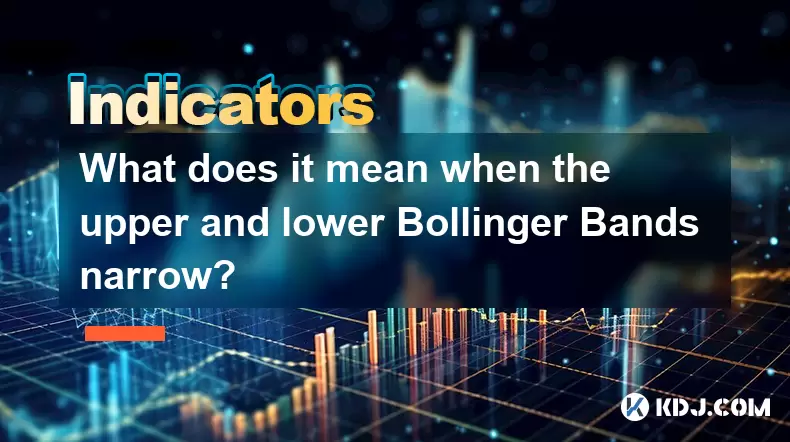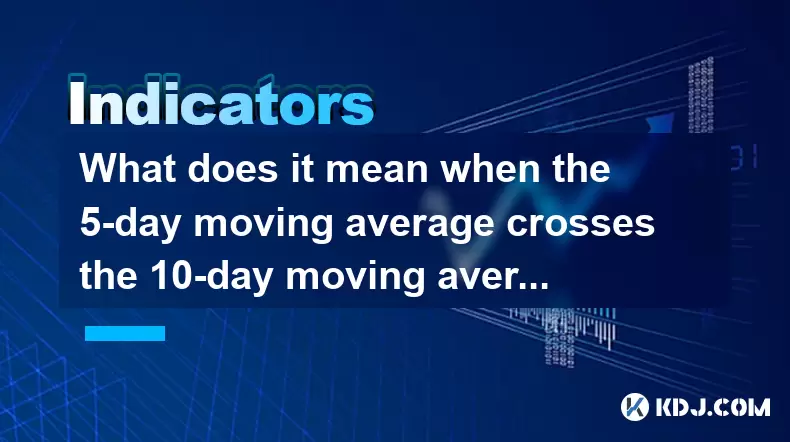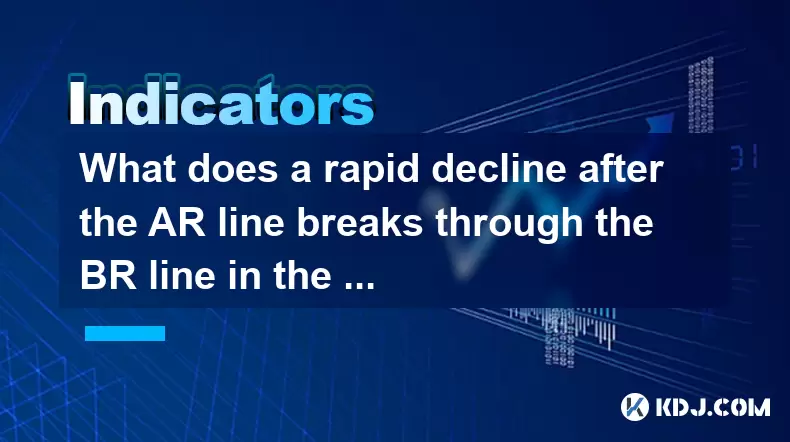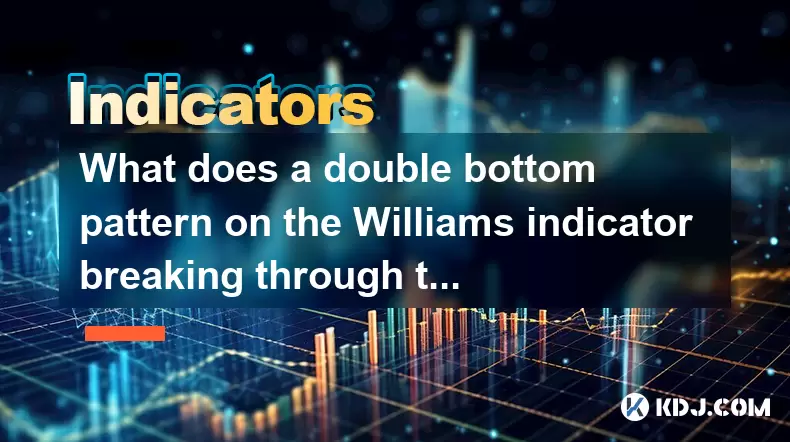-
 Bitcoin
Bitcoin $116400
-0.36% -
 Ethereum
Ethereum $4033
3.40% -
 XRP
XRP $3.302
-1.26% -
 Tether USDt
Tether USDt $1.000
-0.02% -
 BNB
BNB $796.1
1.67% -
 Solana
Solana $177.8
1.89% -
 USDC
USDC $0.9999
0.00% -
 Dogecoin
Dogecoin $0.2314
4.09% -
 TRON
TRON $0.3381
0.14% -
 Cardano
Cardano $0.7989
1.22% -
 Stellar
Stellar $0.4496
-1.84% -
 Chainlink
Chainlink $20.42
9.42% -
 Hyperliquid
Hyperliquid $41.17
0.88% -
 Sui
Sui $3.914
3.77% -
 Bitcoin Cash
Bitcoin Cash $584.7
1.52% -
 Hedera
Hedera $0.2632
-0.54% -
 Avalanche
Avalanche $24.09
3.40% -
 Ethena USDe
Ethena USDe $1.001
-0.02% -
 Litecoin
Litecoin $123.2
1.33% -
 Toncoin
Toncoin $3.318
-0.04% -
 UNUS SED LEO
UNUS SED LEO $8.984
-0.05% -
 Shiba Inu
Shiba Inu $0.00001323
2.85% -
 Uniswap
Uniswap $10.90
4.41% -
 Polkadot
Polkadot $3.999
3.34% -
 Dai
Dai $1.000
0.01% -
 Cronos
Cronos $0.1630
9.64% -
 Bitget Token
Bitget Token $4.484
0.82% -
 Monero
Monero $272.4
2.44% -
 Pepe
Pepe $0.00001173
6.03% -
 Aave
Aave $290.8
2.88%
How to use the moving average waterfall flow pattern to identify the turning point of the trend strength?
Traders use the moving average waterfall flow pattern to spot trend turning points in crypto markets, confirmed by RSI or MACD for better accuracy.
Jun 02, 2025 at 08:29 pm

The moving average waterfall flow pattern is a sophisticated technical analysis tool that traders use to identify potential turning points in the strength of a trend within the cryptocurrency market. This pattern involves the use of multiple moving averages to create a visual representation of trend dynamics, helping traders to spot when a trend might be gaining or losing momentum. In this article, we will delve into how to use the moving average waterfall flow pattern to identify the turning point of the trend strength in cryptocurrency trading.
Understanding the Moving Average Waterfall Flow Pattern
The moving average waterfall flow pattern is built on the concept of using multiple moving averages of different time periods to create a layered effect on a price chart. The key to this pattern is the alignment and crossover of these moving averages, which can signal changes in trend strength. Typically, traders use a set of exponential moving averages (EMAs) with time periods such as 8, 13, 21, 34, 55, and 89 days, although these can be adjusted based on the specific asset and trading timeframe.
To set up the moving average waterfall flow pattern, follow these steps:
- Open your preferred trading platform and select the cryptocurrency pair you wish to analyze.
- Add the exponential moving averages (EMAs) to your chart. Ensure you include the EMAs with periods of 8, 13, 21, 34, 55, and 89 days.
- Adjust the color and thickness of each EMA line to make them distinguishable from one another on the chart.
Once the EMAs are set up, you will see them layered on your chart in a waterfall-like fashion, hence the name "waterfall flow pattern."
Identifying the Trend Strength Using the Waterfall Flow Pattern
The strength of a trend can be gauged by the alignment of the EMAs. When the EMAs are aligned and moving in the same direction, it indicates a strong trend. For instance, if all EMAs are sloping upwards, it suggests a strong bullish trend, whereas all EMAs sloping downwards indicate a strong bearish trend.
Conversely, when the EMAs start to diverge or cross over each other, it signals a potential weakening of the trend. This divergence or crossover can be the first sign of a turning point in the trend strength.
Spotting the Turning Point of the Trend Strength
To identify the turning point of the trend strength, focus on the behavior of the shorter-term EMAs (8, 13, and 21) in relation to the longer-term EMAs (34, 55, and 89). A turning point is often indicated when the shorter-term EMAs start to cross over the longer-term EMAs.
Here's how to spot this turning point:
- Monitor the chart for any crossover of the 8-day EMA over the 13-day EMA, followed by the 13-day EMA over the 21-day EMA. This initial crossover suggests a potential shift in the short-term trend.
- Watch for subsequent crossovers of the 21-day EMA over the 34-day EMA, the 34-day EMA over the 55-day EMA, and finally the 55-day EMA over the 89-day EMA. The more EMAs that cross over in succession, the stronger the indication of a turning point in the trend strength.
Confirming the Turning Point with Additional Indicators
While the moving average waterfall flow pattern is a powerful tool, it is often beneficial to confirm the turning point with additional technical indicators. Using tools like the Relative Strength Index (RSI) or the Moving Average Convergence Divergence (MACD) can provide further validation of the trend shift.
To use these additional indicators:
- Add the RSI to your chart with a standard setting of 14 periods. Look for the RSI to move out of overbought (above 70) or oversold (below 30) territory as a confirmation of the trend turning point.
- Add the MACD to your chart with standard settings (12, 26, 9). Watch for the MACD line to cross over the signal line, which can confirm the trend shift indicated by the moving average waterfall flow pattern.
Practical Application of the Waterfall Flow Pattern in Cryptocurrency Trading
In practice, traders use the moving average waterfall flow pattern to make informed decisions about entering or exiting trades. For example, if the pattern indicates a turning point from a bullish to a bearish trend, a trader might consider selling their position or entering a short trade.
Here's a step-by-step guide on how to apply the pattern in a trading scenario:
- Monitor the EMAs on your chosen cryptocurrency pair to identify the current trend strength.
- Look for signs of a turning point as described above, such as the crossover of shorter-term EMAs over longer-term EMAs.
- Confirm the turning point using additional indicators like RSI or MACD.
- Based on the confirmed turning point, decide whether to enter a new trade or adjust an existing position. For instance, if a bearish turning point is confirmed, consider selling or shorting the cryptocurrency.
Analyzing Historical Data with the Waterfall Flow Pattern
To gain a deeper understanding of how the moving average waterfall flow pattern works, it can be helpful to analyze historical data of various cryptocurrencies. By reviewing past charts, traders can identify instances where the pattern accurately predicted a turning point in the trend strength.
To analyze historical data:
- Access your trading platform's historical data feature and select a past timeframe for the cryptocurrency pair you are interested in.
- Apply the moving average waterfall flow pattern to the historical chart and observe how the EMAs behaved during significant price movements.
- Note any instances where the pattern indicated a turning point and whether this was followed by a significant change in trend strength.
Frequently Asked Questions
Q: Can the moving average waterfall flow pattern be used for short-term trading?
A: Yes, the moving average waterfall flow pattern can be adapted for short-term trading by using shorter time periods for the EMAs. For instance, instead of using 8, 13, 21, 34, 55, and 89 days, you might use 3, 5, 8, 13, 21, and 34 minutes for intraday trading. However, the reliability of the pattern may decrease with shorter timeframes due to increased market noise.
Q: Is the moving average waterfall flow pattern effective for all cryptocurrencies?
A: The effectiveness of the moving average waterfall flow pattern can vary depending on the liquidity and volatility of the cryptocurrency. It tends to be more reliable for major cryptocurrencies like Bitcoin and Ethereum, which have higher trading volumes and less erratic price movements compared to smaller altcoins.
Q: How often should I check the moving average waterfall flow pattern on my charts?
A: The frequency of checking the pattern depends on your trading strategy and timeframe. For long-term investors, checking the pattern weekly or even monthly might be sufficient. For short-term traders, daily or even hourly checks might be necessary to stay on top of potential turning points in the trend strength.
Q: Can the moving average waterfall flow pattern be combined with other technical analysis methods?
A: Yes, the moving average waterfall flow pattern can be effectively combined with other technical analysis methods such as trend lines, support and resistance levels, and candlestick patterns to enhance its predictive power. Combining multiple indicators can provide a more comprehensive view of market conditions and increase the confidence in your trading decisions.
Disclaimer:info@kdj.com
The information provided is not trading advice. kdj.com does not assume any responsibility for any investments made based on the information provided in this article. Cryptocurrencies are highly volatile and it is highly recommended that you invest with caution after thorough research!
If you believe that the content used on this website infringes your copyright, please contact us immediately (info@kdj.com) and we will delete it promptly.
- Decentralized Data: Taking the Driver's Seat in the Data Economy
- 2025-08-09 14:30:11
- Bitcoin vs. Gold: The Store-of-Value Showdown in the Digital Age
- 2025-08-09 14:30:11
- BlockDAG, Stellar, and Crypto Adoption: Navigating the Hype
- 2025-08-09 14:50:12
- Litecoin Price Surge: Riding the Wave of Institutional Interest and ETF Hopes
- 2025-08-09 14:50:12
- Chainlink's Wild Ride: Whales Are Still Loading Up on LINK!
- 2025-08-09 15:10:11
- Ruvi AI: Solana's New Challenger Dominating Token Sales with AI Innovation
- 2025-08-09 14:55:15
Related knowledge

What does it mean when the Triple Moving Average (TRIX) turns downward but the price doesn't fall?
Aug 09,2025 at 12:42pm
Understanding the Triple Moving Average (TRIX) IndicatorThe Triple Moving Average, commonly known as TRIX, is a momentum oscillator designed to filter...

What does it mean when the Williams' oscillator repeatedly hits bottoms but fails to rebound?
Aug 09,2025 at 09:28am
Understanding the Williams %R OscillatorThe Williams %R oscillator, developed by Larry Williams, is a momentum indicator used in technical analysis to...

What does it mean when the upper and lower Bollinger Bands narrow?
Aug 09,2025 at 03:00pm
Understanding Bollinger Bands in Cryptocurrency TradingBollinger Bands are a widely used technical analysis tool in the cryptocurrency market, develop...

What does it mean when the 5-day moving average crosses the 10-day moving average but the 20-day moving average remains upward?
Aug 09,2025 at 03:35pm
Understanding Moving Averages in Cryptocurrency TradingMoving averages are foundational tools in technical analysis, especially within the cryptocurre...

What does a rapid decline after the AR line breaks through the BR line in the ARBR indicator indicate?
Aug 09,2025 at 04:42pm
Understanding the ARBR Indicator ComponentsThe ARBR indicator is a technical analysis tool that combines two oscillators: the AR (Amplitude Ratio) and...

What does a double bottom pattern on the Williams indicator breaking through the 50-day midline indicate?
Aug 09,2025 at 10:56am
Understanding the Williams %R IndicatorThe Williams %R indicator, developed by Larry Williams, is a momentum oscillator that measures overbought and o...

What does it mean when the Triple Moving Average (TRIX) turns downward but the price doesn't fall?
Aug 09,2025 at 12:42pm
Understanding the Triple Moving Average (TRIX) IndicatorThe Triple Moving Average, commonly known as TRIX, is a momentum oscillator designed to filter...

What does it mean when the Williams' oscillator repeatedly hits bottoms but fails to rebound?
Aug 09,2025 at 09:28am
Understanding the Williams %R OscillatorThe Williams %R oscillator, developed by Larry Williams, is a momentum indicator used in technical analysis to...

What does it mean when the upper and lower Bollinger Bands narrow?
Aug 09,2025 at 03:00pm
Understanding Bollinger Bands in Cryptocurrency TradingBollinger Bands are a widely used technical analysis tool in the cryptocurrency market, develop...

What does it mean when the 5-day moving average crosses the 10-day moving average but the 20-day moving average remains upward?
Aug 09,2025 at 03:35pm
Understanding Moving Averages in Cryptocurrency TradingMoving averages are foundational tools in technical analysis, especially within the cryptocurre...

What does a rapid decline after the AR line breaks through the BR line in the ARBR indicator indicate?
Aug 09,2025 at 04:42pm
Understanding the ARBR Indicator ComponentsThe ARBR indicator is a technical analysis tool that combines two oscillators: the AR (Amplitude Ratio) and...

What does a double bottom pattern on the Williams indicator breaking through the 50-day midline indicate?
Aug 09,2025 at 10:56am
Understanding the Williams %R IndicatorThe Williams %R indicator, developed by Larry Williams, is a momentum oscillator that measures overbought and o...
See all articles

























































































